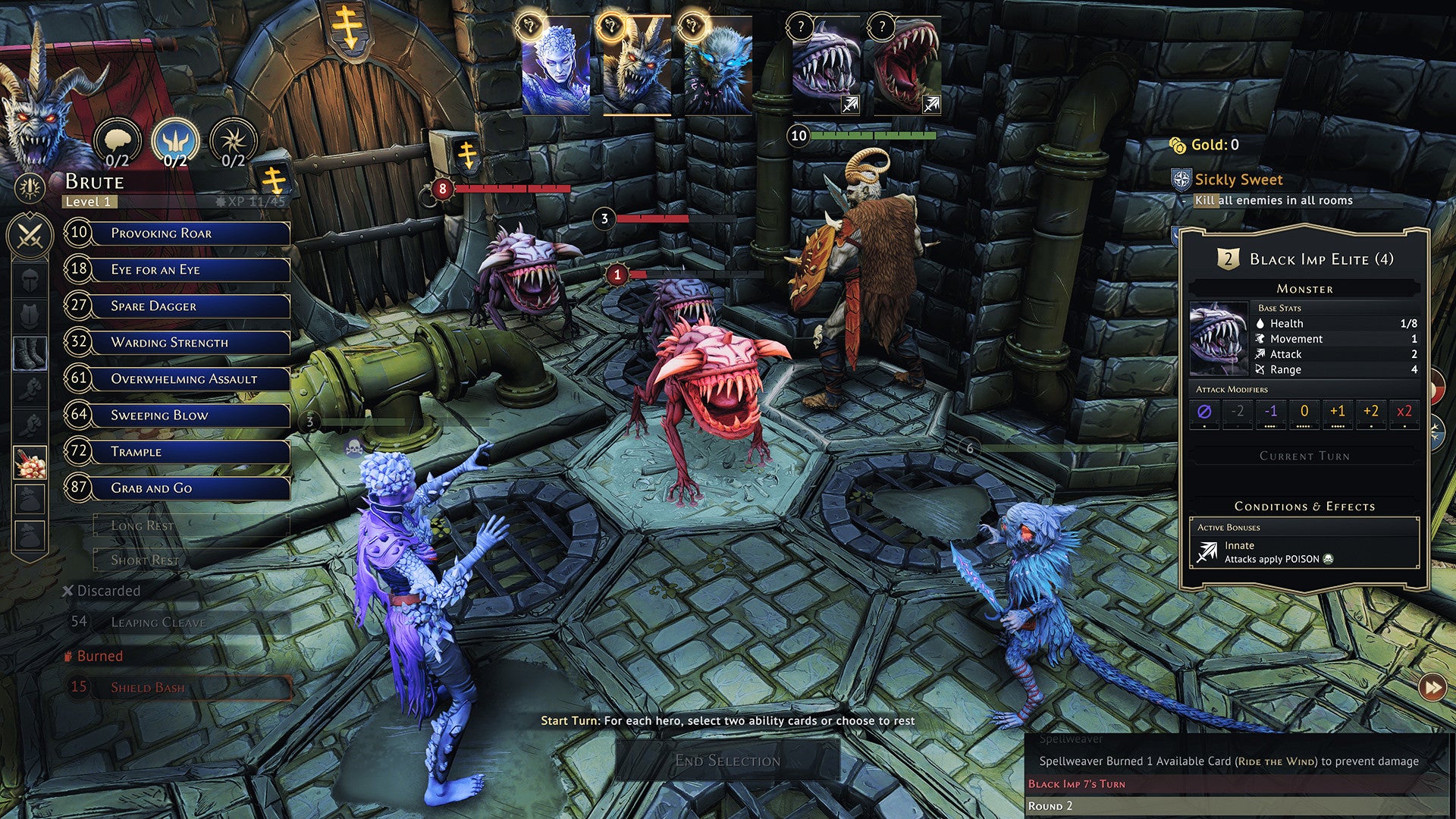Dynamic music
Of all the cool things LucasArts made in video games (and there are many), perhaps the one which still feels most magical to me is iMuse. A technology used by games as diverse as Tie Fighter and Monkey Island 2, iMuse could dynamically escalate and shift music in response to in-game events with flourishes, transitions, different instruments, and different mixes (I’ll point you to game composer Peter Silk to explain more of that). Music which keeps going as it morphs into another song between rooms. Music which slips in a fanfare when you do well. Music which feels as alive as the game world. Magical. How sad when they switched to pre-recorded CD soundtracks. Not to return to this game so quickly after its last victory, but I will point out that Metal Gear Rising: Revengeance has dynamic soundtracks with extra layers of shredding and ’tude coming in as you perform violence more intensely. And honestly, I think the many groans and howls and roars and rumbles of weapons and enemies in Devil Daggers come together to form the most wonderful dynamic ambient music. Ah sure go on, let’s also throw in games like Rez and Metal: Hellsinger, which are all about slipping into the beat, weapons building into the music. I’m sure you can think of many more examples and techniques of dynamic music in games, reader dear, cherished times that a game sang to the tune you were laying down. Do share!
Hex grids
What a relief when I start a grid-based game and find myself looking at a field of hexagons. I understand how this will work. I know which hexes are adjacent. I know how far away every hex is from every other hex. I can calculate my weapon ranges or adjacency bonuses or movement or logistics or captures or whatever with ease. Everything will just work. Perfect. Even some strategy games with square grids effectively have hex grids by treating diagonals as adjacent, which is mighty confusing when trying to calculate the distance of something several squares away in a noncardinal direction. The worst of both worlds. “But Alice,” you might say, thinking you’re laying an inescapable trap for me, “the most revered strategy game of human history, chess, is on a square grid.” And I would remind you that chess was created prior to the year 1600, when humanity had not invented the number six—therefore nor hexagons—because it wasn’t needed yet. Also, a hex grid looks like it’s from the future, not a maths exercise book.
But which is better?
My practical side knows hex grids are the answer. My excitable side knows dynamic music is the answer. I can’t choose. This one is all on you, reader dear. Pick your winner, vote in the poll below, and make your case in the comments to convince others. We’ll reconvene next week to see which thing stands triumphant—and continue the great contest.
